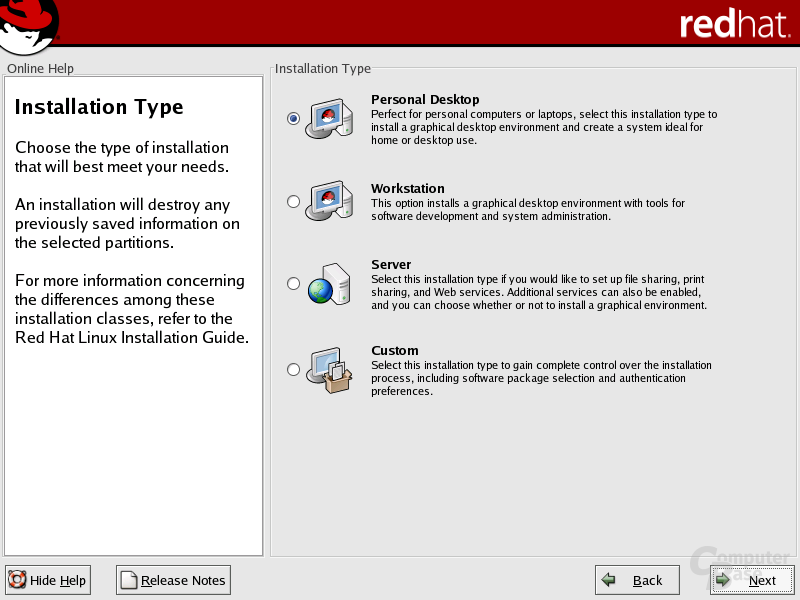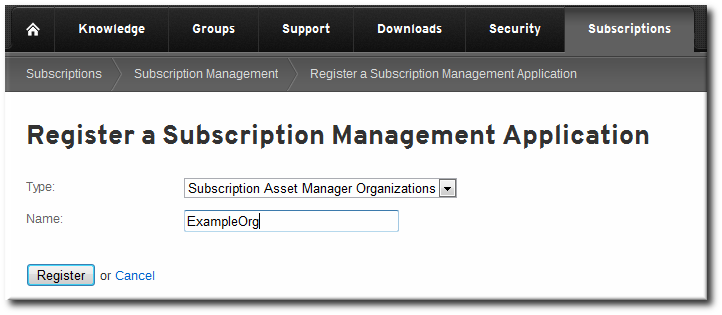


Eject the media during POST, or use the appropriate key for your BIOS (such F12, F10, Enter) to select a boot device. Shutdown the system and then restart the system to.If you have a machine (or VM) that reboots too quickly to eject the installation media, you can try: Important note: While your system is rebooting, don’t forget to eject the installation media so that you don’t inadvertently reboot into the RHEL 8 installer again When installation is complete, click Reboot in the lower right corner. Make sure you understand your selection before starting the installation to avoid accidental data loss.Ī system that meets the following requirements: The disk or partition(s) you select during installation will be overwritten. Completing these steps are required for your system to download software from Red Hat.Īn available disk or free partitions.

You will need this to register the system attach it to your subscription. Your account was created during step one. Instructions for creating bootable USB drives for Windows, macOS, and Linux can be found in the RHEL 8 Installation Guide. You need to create bootable installation media for your system ( USB drive, DVD, or virtual media) containing the RHEL 8 Binary DVD. When you register and download through, a subscription will be automatically added to your account. To follow this steps in this guide you will need:Ī no-cost Red Hat Developer subscription and the RHEL 8 Binary DVD.


 0 kommentar(er)
0 kommentar(er)
